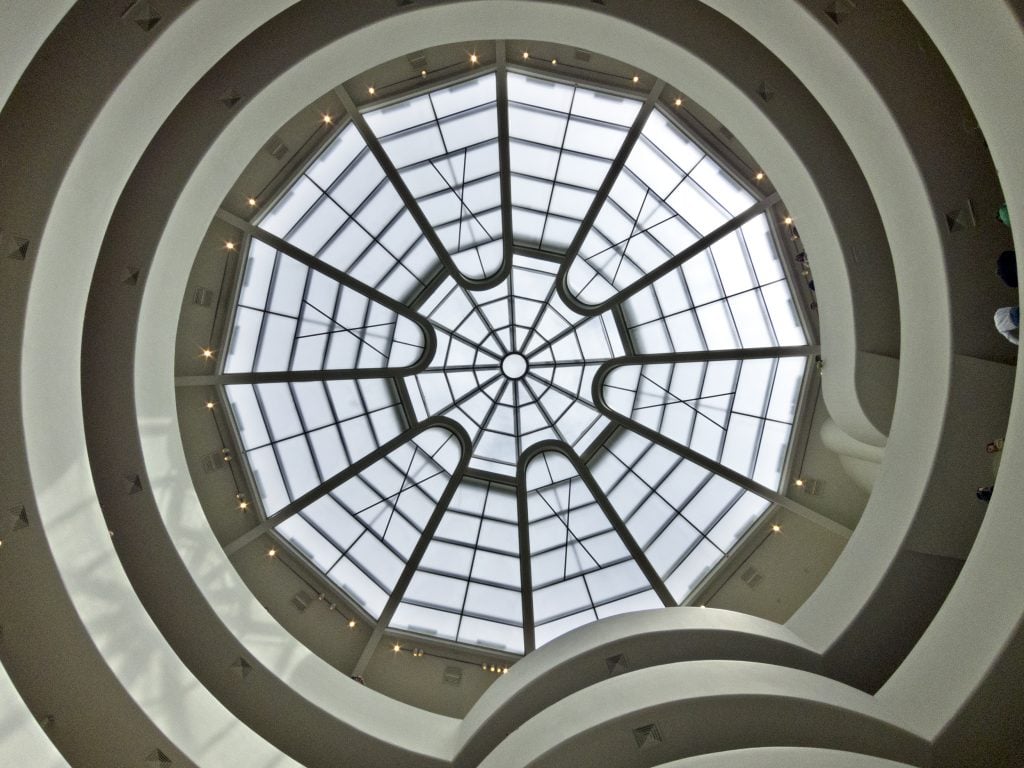Art & Exhibitions
Museumgoers Are Big Data’s Latest Targets
Your iPhone just got promoted to chief curator.

Your iPhone just got promoted to chief curator.

Coline Milliard

It would be naïve to consider museums as spaces solely dedicated to anonymous contemplation, art temples one can wander in to converse with masterpieces before slipping out, unnoticed. Still, the level of scrutiny art organizations apply to their visitors might take many by surprise.
According to the Wall Street Journal, just like major retailers, museums are increasingly eager to find out as much as possible about their visitors. “I want to be able to know exactly what people have seen, what they love, what they want to see more of, and have the ability to serve it up to them instantly,” said Sree Sreenivasan, chief digital officer at the Metropolitan Museum of Art in New York. “If someone loves a painting they’re looking at, they could get an instant coupon for the catalog, or a meal being sold at the cafeteria that’s based on it.”
The Met has been experimenting with so-called digital beacons, electronic transmitters that both communicate with museum-goers via their smartphones—for instance, sending information about the art they are looking at—and record their behaviors. The Solomon R. Guggenheim Museum had beacons installed in its iconic rotunda recently, and institutions across the United States have started to actively gather and analyze their own data.
“If a mall developer knew how many people crossed the threshold into the mall but didn’t know what people were buying or sales a square foot or sales per customer, their enterprise would be considered fatally flawed—but we’ve accepted that lack of information for over a century,” Maxwell L. Anderson, director of the Dallas Museum of Art, told WSJ.
The benefits are obvious: more targeted retail, more focused information about the art, a better understanding of the way people use museums, of what they like to see, and what they want.
Yet if one can difficultly argue with institutional efforts to pay more attention to the people they are supposed to serve, the trend raises important questions. In this Big Data vision, the users of a mainly non-profit sector are seen as customers. Curators become service providers catering to visitors’ existing tastes, rather than experts broadening their horizons with what they deem historically important. As a result, the museum’s role as a whole might be on the brink of a radical change.